A reader wrote: I have an inverted triangle body— broad shoulders, narrow hips, athletic. I’m pretty happy about it. But I won’t lie. From time to time, I find myself unsure and wondering: Is an inverted triangle body shape attractive? Doesn’t it look too manly?
So is an inverted triangle body shape attractive? There is no straight answer to this. Beauty is subjective and whatever you judge as beautiful might look bland or even unsightly to other people, and vice versa.
That said, I could only tell you my own opinion as well as what most people consider as beautiful in general. And by “most people” and “general”, I mean the television and social media— where people (consciously and subconsciously) pick up on fashion.
What do television and social media say about inverted triangle body?
Not much.
Not that we’ve never seen inverted triangle models before. It’s just that they’re extremely rare. Most models have hourglass figures with pears and rectangles following behind. Inverted triangle? Pfft… Wake me up when you see one.
So what does this imply? Does this make inverted triangle unattractive?
In a way, yes. It makes inverted triangle ladies subconsciously think that hourglass is the ideal body shape and that their shape is only secondary.
Hence, these same women dress to tone down their broad shoulders and enhance their narrow hips to resemble an hourglass as much as possible.
Is that bad?
Who’s to judge? After all, isn’t fashion also about camouflaging as well as showing off? Isn’t it about showing off what you’re proud of and camouflaging what you aren’t, so you feel like a million dollars?
Currently, shapely hips, big butts and hourglass figures are fashionable. That can’t be helped.
Could that preference possibly shift and become more inclusive in the future? Probably, but a change like that doesn’t happen overnight. It’d take decades (even centuries) and lots of media conditioning.
But what if you protest? What if you do everything under your power to defy these so-called “styling rules”?
Instead of dressing the recommended way, you’d dress up the exact opposite. What would happen?
Would you even like the result? And if you didn’t, could you magically make yourself like it instantly? Probably not.
It’s all in your subconscious mind, you see. It’s hard (almost impossible) for the conscious mind to penetrate the subconscious and dictate it to unsee what it deemed as beautiful since day one.
If a stylist told you to wear a printed, ruffled blouse that’ll widen your already broad shoulders and a skirt that’ll slim down your already narrow hips, you’d probably refuse and shout, “You’re making me look like a funnel!”
So what to do?
I wish I could tell you to just wear whatever you like and the fashion industry can sink to the gutter with their hourglass spawns. But I don’t think that’s what you wanna hear, either.
No. What you wanna to hear is the answer to your question.
Is inverted triangle body attractive?
The answer, really, is up to you. If you can make peace with the fact that you don’t possess the most coveted shape on earth and yet still love your body— the entirety of it, with its flaws and imperfections— then who’s to say you’ve got a less attractive body?

Beauty, as it turns out, is not only in the eyes of the beholder. Surprisingly, it also resides in the eyes of the wearer— you.
Sure, if you look great, you feel great. But the opposite is also true—in fact, even more impactful.
My opinion about the inverted triangle body shape
If you want my honest opinion, I think this shape is attractive in its own way. No, it’s not as feminine as hourglass but who says looking feminine is the only criteria for an attractive figure? (People from the Renaissance?)

For me, the inverted triangle silhouette creates the impression of an athletic and strong woman. One who loathes the sofa so she hikes, lifts weights, and engages in cardio-blasting sports. (I know, not all inverted triangle ladies do sports. But humor me here!)
When she’s not climbing mountains or engaging in hardcore sports, she may choose to dress up as a dainty and delicate maiden for a romantic candlelit dinner.
So she stuns— but this time, not with her fist but with her Dress.
This Dress hugs the silhouette of her well-endowed bosom but also enhances her hips. The result? An incredible balance between Yin and Yang (the masculine and the feminine).
When an inverted triangle woman dons The Dress, her toned shoulders add character to her outfit which overall says, “Here I am, looking dainty and delicate as a lotus but say the wrong word and you’re history. In a flash.”
Yes, your shape is beautiful and you should look on the bright side.
Because in fairness, the fashion industry seems to be making an effort.
Decades ago, plus size women had no place in fashion. Now, brands are starting to hire plus size models on-board. Sure, most of them have hourglass figures but that’s still a start, isn’t it?
Fashion in the 21st century is getting size-inclusive. We can only hope that in the near future, it would become shape-inclusive, too. Until then, we can either take it or leave it.
For the love of fashion in the 21st century, let’s just be thankful that, unlike women in the past, this is all we have to endure.
If we think about the sick stuff that women had to put up with back in the days, then we are way luckier in comparison.
Take a moment to consider these following ancient beauty standards and tell me if you can imagine yourself participating in them today.
Foot binding
In 10th century China, a tiny set of feet was deemed as a sign of refinement and beauty. Not only was it considered attractive. It was vital. Without lotus feet, a woman would never be considered a potential bride.
Hence, parents would break and bound their 3-year-old daughters’ feet so they resemble a lotus flower— arched, 3-inch short, and broken.
But never you mind that! Broken they may be but those feet aren’t going hobbling anywhere but to a sure marriage.
Wearing rib-crushing corsets
What harm could corsets do? Well, in the 1800s, a lot. It was at this time when metal eyelets in undergarments were invented, allowing women to cinch their corsets tighter than ever before.
Well, it turned out that some women had cinched their waist too tightly indeed after doctors discovered serious medical consequences.
Skip restricted breathing here. We’re talking about deformed ribcages, muscle atrophy, and misaligned spines! All because of a seemingly harmless undergarment.
So you see, all things considered, we women in the 21st century have it better. Had these sick beauty practices carried on up to these days, can you imagine what hell it would make?
Look at it in the bigger scale: the fashion industry is making progress. Let’s hold on to that and we’ll probably live contentedly dressing ourselves like an hourglass. For now.
I change my mind!
Note: This article is highly outdated and I no longer stand by this opinion. This is because I discovered a system created by David Kibbe, an image professional and fashion stylist from New York City.
The heart and soul of his system is that all body types— broad-shouldered or narrow, straight or curvy, tall or short, feminine or masculine— are all inherently beautiful.
Where traditional beauty standards assume that curvy is better than straight, or tall is better than short, Kibbe is all about following your own body line and by doing so, end up creating a perfect ensemble that flatters your shape.
Meaning, no more “hiding”, or “downplaying”, or “camouflaging” any part of you that you aren’t so proud of.
It’s all about embracing your real body shape and actually end up looking good instead of following the impossible one-size-fits-all beauty standard.
How exactly do you do that?
First, you need to take the Kibbe test. There are 13 body types (as opposed to the traditional 5). What I like about the test is that it measures every aspect of your body in detail: your bone structure, body flesh, and facial bones and flesh.
Second, it’s also important that you first understand the main concept of Kibbe which revolves around the Yin (feminine) and Yang (masculine) forces. This article will explain: Yin vs Yang Examples of Kibbe Body Types.

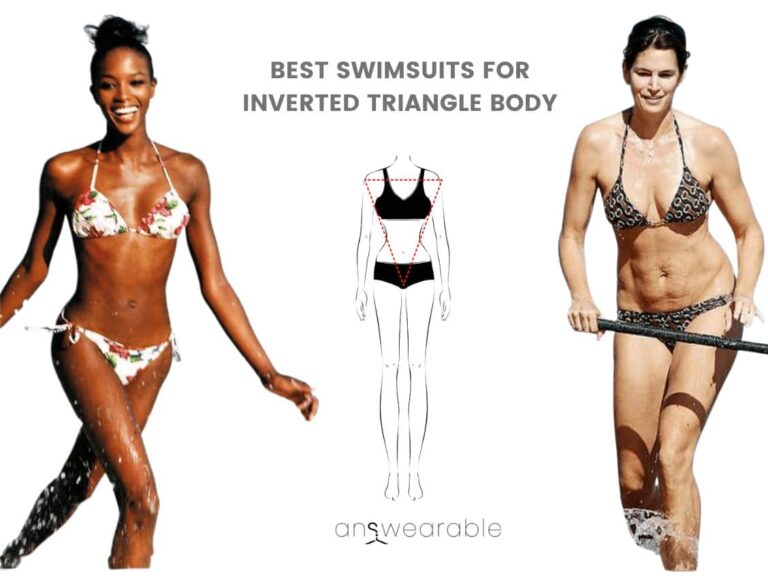

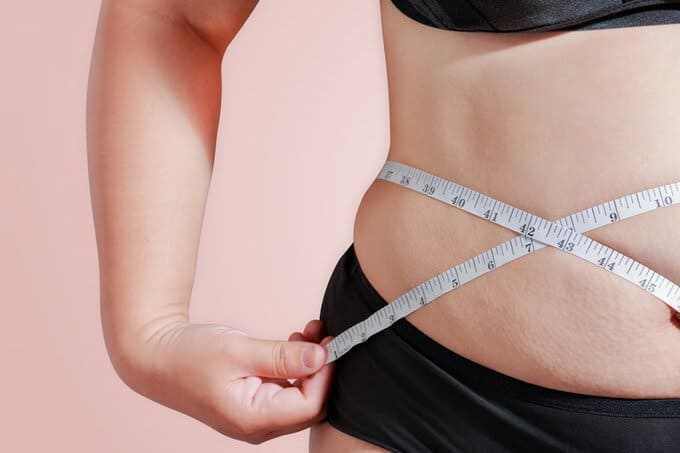
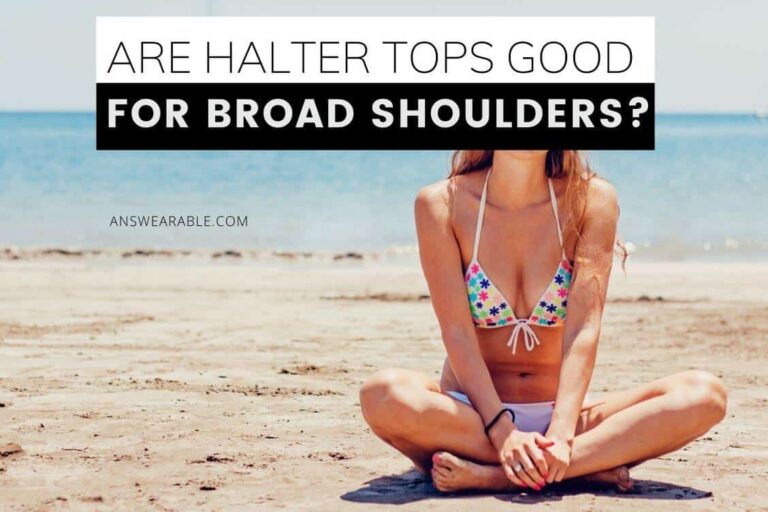
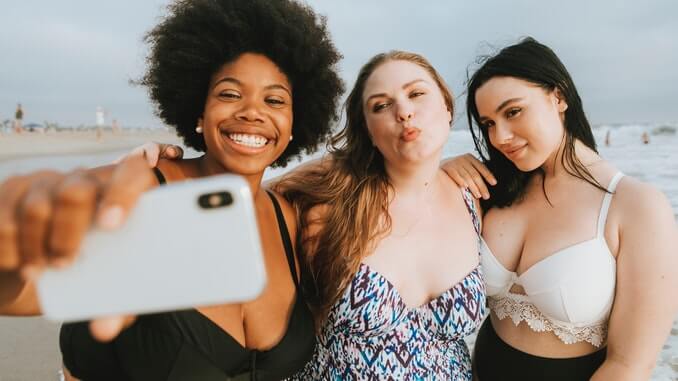
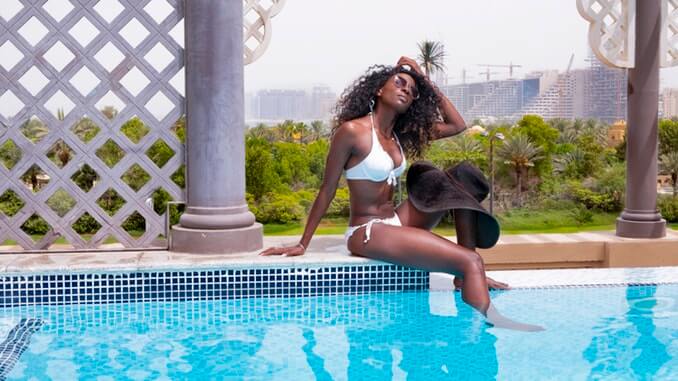
Most top models are inverted triangles. Clothes hang better from the broad shoulders and slender hips. Naomi Campbell, Cindy Crawford Giselle Bundchen. Honestly the list goes on. So do a lot of actresses, Angelina Jolie, Lucy Liu Demi Moore, Kim Catrall. This answer seemed shady. It’s a lovely and elegant body type.
Hi Nickey. I agree. I no longer stand by this opinion. In fact, I felt so relieved to have finally realized that this isn’t the case at all.
Recently, I discovered a system created by David Kibbe, a famous image professional and fashion stylist from New York City.
The heart and soul of his system is that all body types— broad-shouldered or narrow, straight or curvy, tall or short, feminine or masculine— are all inherently beautiful.
Where traditional beauty standards assume that curvy is better than straight, or tall is better than short, Kibbe is all about following your own body line and by doing so, end up creating a perfect ensemble that flatters your shape.
Meaning, no more “hiding”, or “downplaying”, or “camouflaging” any part of you that you aren’t so proud of.
It’s all about embracing your real body shape and actually end up looking good instead of following the impossible one-size-fits-all beauty standard.
How exactly do you do that?
First, you need to take the Kibbe test. There are 13 body types (as opposed to the traditional 5). What I like about the test is that it measures every aspect of your body in detail: your bone structure, body flesh, and facial bones and flesh.
Second, it’s also important that you first understand the main concept of Kibbe which revolves around the Yin (feminine) and Yang (masculine) forces. This article will explain: Yin vs Yang Examples of Kibbe Body Types.
To name one (super)model with this body shape – Naomi Campbell, I reckon.
Any celebrities with this body shape?